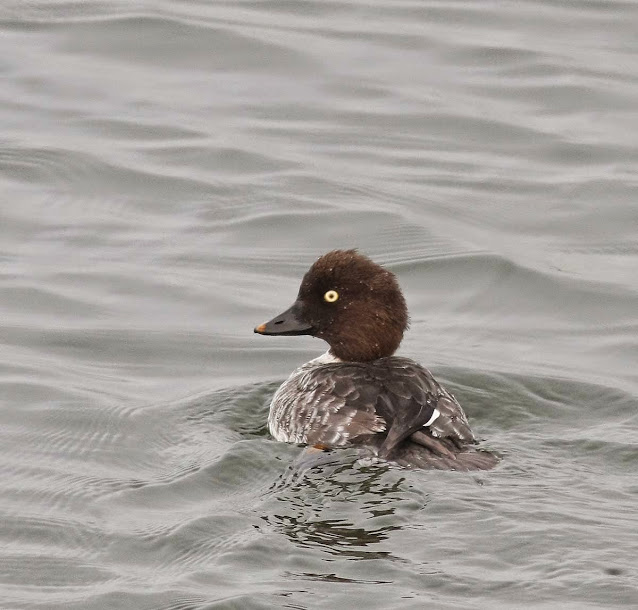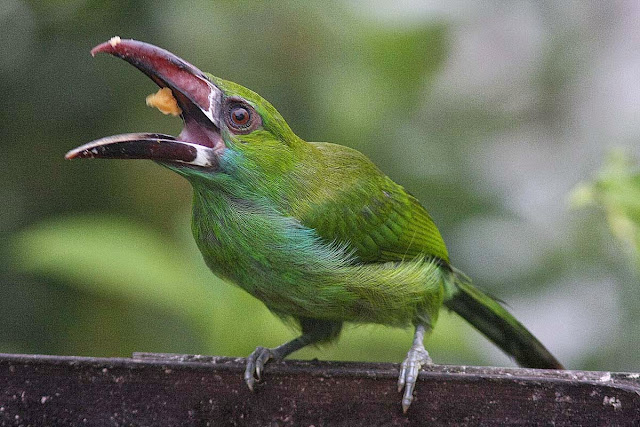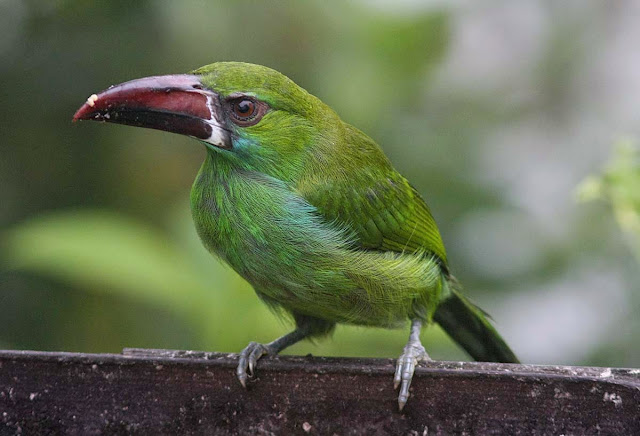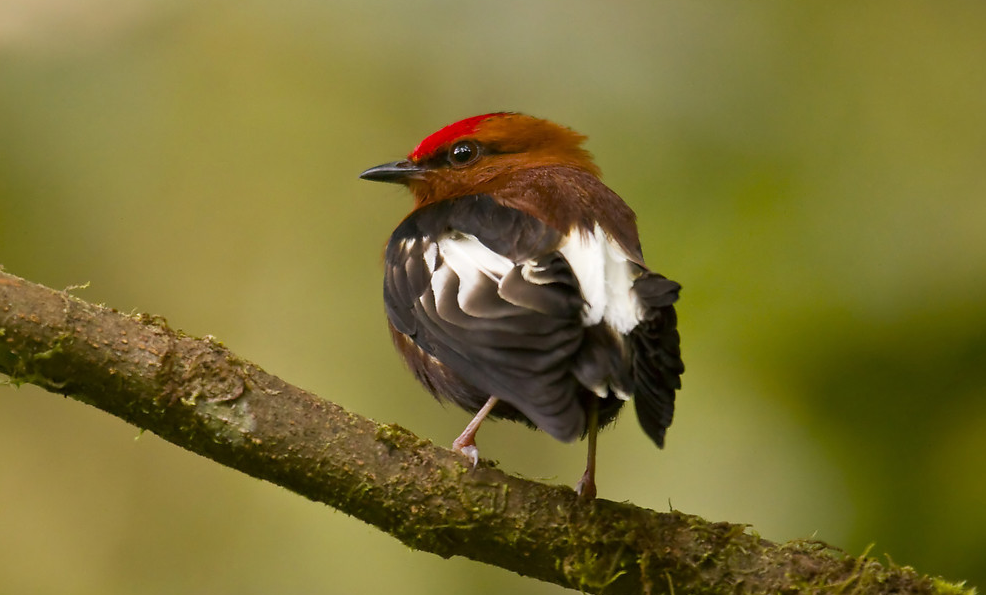Our bedroom window on this particular side of the house overlooks a small area of, at this time of the year, a much overgrown courtyard garden which is enclosed fifteen or so feet from our bedroom windows by the ancient wall of the house next door. The part of the neighbouring house our garden wall abutts has a flat roof covered in thick moss and lichens and lies just below the level of our bedroom window so we can look down on it.
Incidentally all the houses here including ours are hundreds of years old, constructed of Cotswold stone and the house in question next door has been empty for a number of years.
What is it? I enquired, expecting to be told of some bird I would need to have a look at.
 |
| View from our bedroom onto the mossy roof |
What is it? I enquired, expecting to be told of some bird I would need to have a look at.
A Fox. It's right here.
This was worth seeing so I got out of bed and looked down below onto the small area of garden expecting to see a fox nosing around in the shrubbery and roses but could see nothing.
Where? I can't see anything.I grumbled.
Right there in front of us, look, on the roof!
I looked, amazed at this information and there sure enough was a fox, a beautiful dog fox not more than five or six metres from us, wandering around on the flat roof opposite. His coat was full, a delicate shade of chestnut orange and he had a huge bushy tail and black tipped ears. A real dandy. Casually he sniffed around and then proceeded to scrape away the moss from where the flat roof joined an angled part of adjoining roof and curled up, winding his tail around his body. The bed of moss must have been nice and soft to lie on and the spot he had chosen was secluded and surely safe from any ground disturbance. With amber eyes his pointed face seemed to look straight at us through the rose fronds but a few seconds later he snuggled his nose into his tail and went to sleep.
How he got up there I do not know but foxes are resourceful creatures and he was most welcome. Foxes are still hunted around here by the hoorays and chinless ones who make up The Heythrop Hunt so I took great delight in knowing that during the time he spent here he was safe from their unwelcome attentions or any possible harm and could rest and relax as much as is possible for a wild creature. Even the arrogance of the hunt is restrained from trespass in the village and certainly they are banned from coming anywhere near our private drive.
When the wild comes within almost arms reach it is for me a thrill and privilege to have such an encounter, although I am aware that others feel differently about foxes. Looking at this beautiful creature, not harried and harassed by braying idiots on horses but relaxed and at peace I wonder, not for the first time, why we still find it acceptable to kill, for so called pleasure, creatures that have as much right as us to exist on this planet.
When the wild comes within almost arms reach it is for me a thrill and privilege to have such an encounter, although I am aware that others feel differently about foxes. Looking at this beautiful creature, not harried and harassed by braying idiots on horses but relaxed and at peace I wonder, not for the first time, why we still find it acceptable to kill, for so called pleasure, creatures that have as much right as us to exist on this planet.













































































.jpg)





.jpg)
.jpg)

.jpg)



